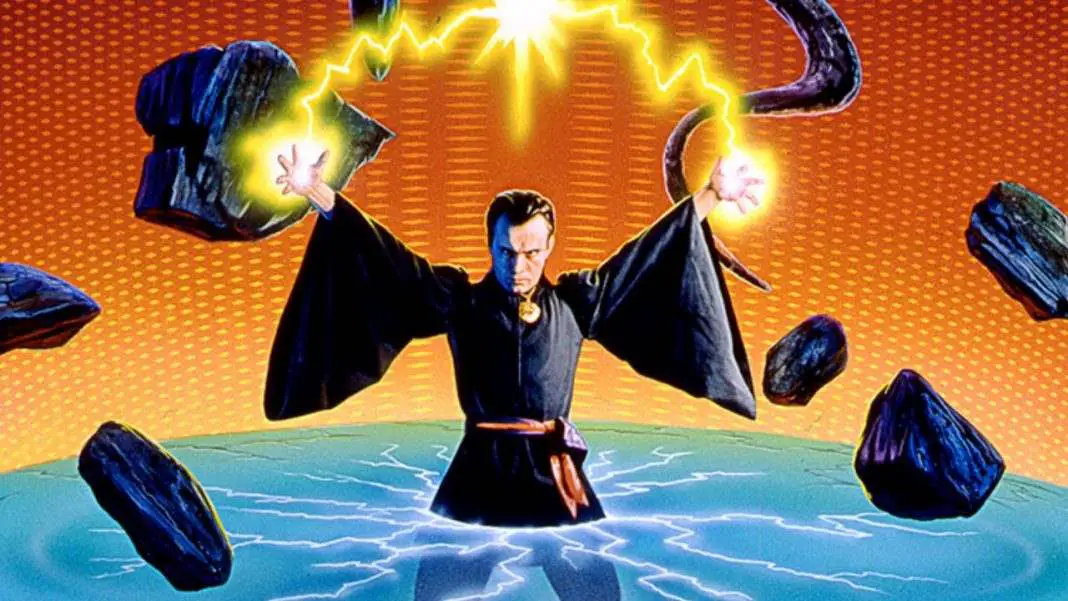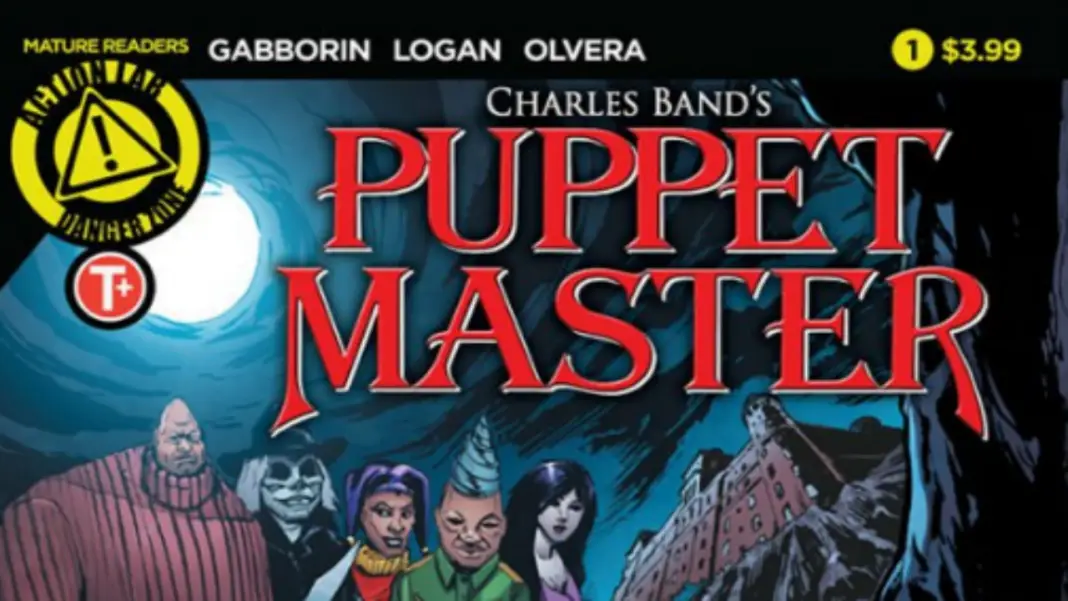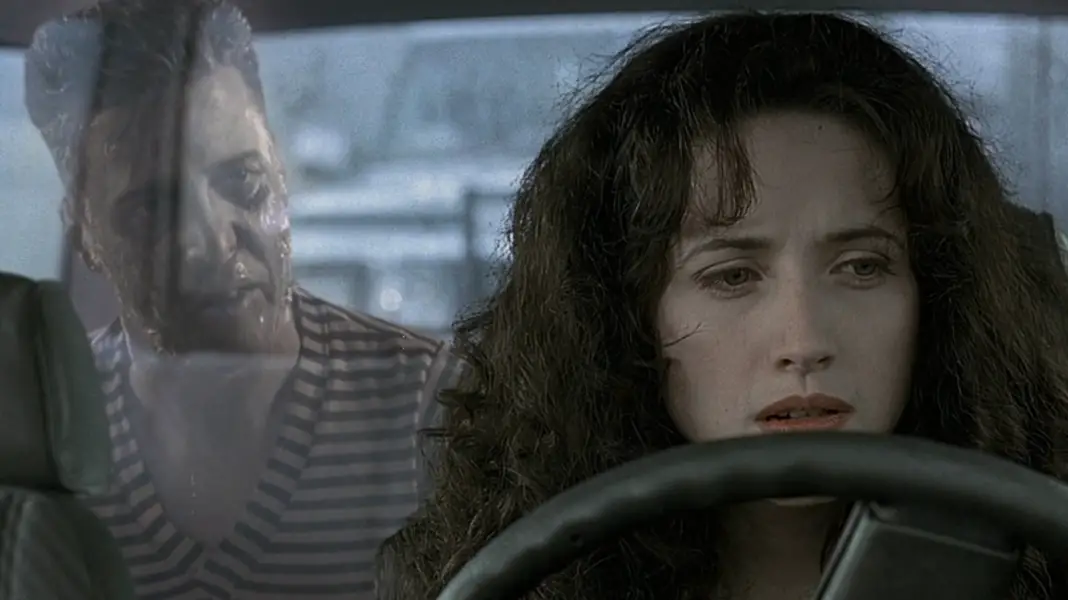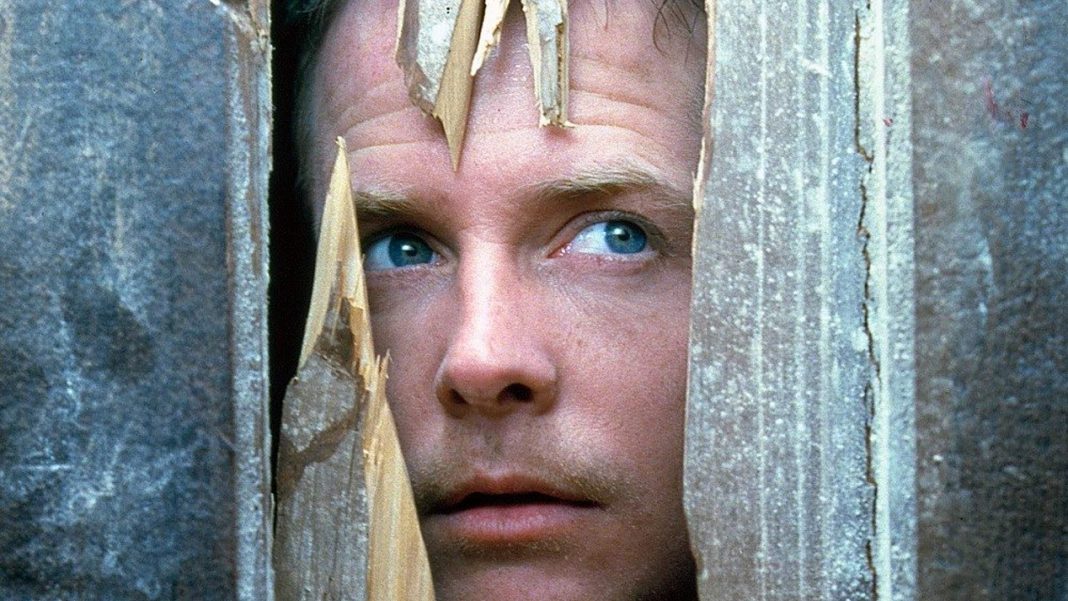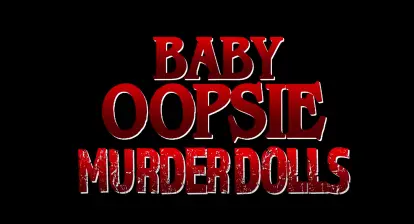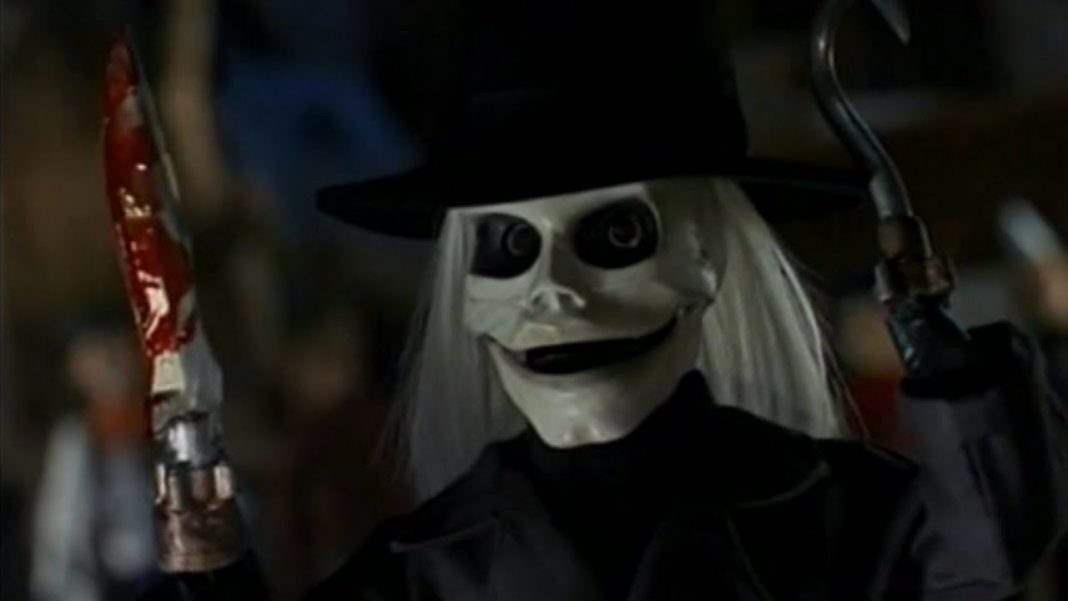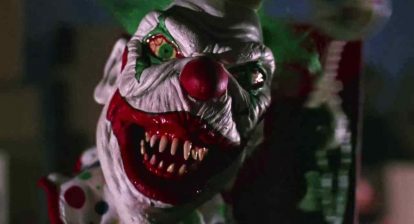It’s not a huge stretch to say Marvel movies are currently ruling the world. They dominate the box office and win over the critics. Everybody sees these pictures and everybody loves them. And that’s why I say Marvel movies and not comic book movies. Because even DC Comics, the Distinguished Competition, isn’t having that same level of success on the screen. Man of Steel didn’t make as much as they were expecting and met with lukewarm critical reception. Batman v Superman did well at the box office but was torn apart by critics.
The success belongs to Marvel Studios, a company that revolutionized blockbuster filmmaking. They changed the game with Iron Man and The Incredible Hulk, showing that these superhero efforts existed within the same universe. More heroes got their own films as part of this interconnected cinematic universe, culminating in the giant team-up, The Avengers.
It was a gamble no one was sure would actually work until The Avengers hit theaters and became one of the highest grossing films of all time. Now almost every studio is scrambling to create their own cinematic universe, from the expected DC Extended Universe to the likes of the Universal Monsters and, uh, Hasbro. Everyone is trying to recapture the wild idea of combining different properties into a single universe on screen, something that had never been done before.
Except it had.

No, there was one company that did what Marvel did exactly, and that company was Full Moon. While now known for lower-than-Troma budget Z-horror flicks like Gingerdead Man and Evil Bong, there was a time in the early ‘90s when Full Moon actually dominated the video marketplace. They had the Puppet Master series, Subspecies, Trancers, all of which were incredibly successful. By the time they’d made a whole slew of quirky horror features, they started getting more adventurous. Around 1993, they began making their own unique brand of superhero films.
Full Moon CEO Charles Band would always talk about their movies as being inspired by comic books. Hell, they even had a line of comics of their own in 1990 just after Full Moon made their debut. Band expressed an interest in wanting to see these characters cross over and interact with each other and even fight one another. He directed the first of those efforts himself: Dollman vs. Demonic Toys.
 Beginning with Doctor Mordrid in 1992, Band took things in a much more overtly comic inspired direction. The plan was not only to create a Full Moon superhero, but a slew of them. Following Doctor Mordrid, we had Mandroid in 1993. After that, we had Invisible: The Chronicles of Benjamin Knight and then Dark Angel: The Ascent, both in 1994. Just like the Marvel Cinematic Universe, the characters would appear in each other’s films. Mandroid is a major player in Invisible. The plan was even the same: to bring them together in a team-up epic, giving that low-budget cinematic superhero universe their own Avengers, but it never came to pass due to Full Moon losing their distribution deal with Paramount Pictures.
Beginning with Doctor Mordrid in 1992, Band took things in a much more overtly comic inspired direction. The plan was not only to create a Full Moon superhero, but a slew of them. Following Doctor Mordrid, we had Mandroid in 1993. After that, we had Invisible: The Chronicles of Benjamin Knight and then Dark Angel: The Ascent, both in 1994. Just like the Marvel Cinematic Universe, the characters would appear in each other’s films. Mandroid is a major player in Invisible. The plan was even the same: to bring them together in a team-up epic, giving that low-budget cinematic superhero universe their own Avengers, but it never came to pass due to Full Moon losing their distribution deal with Paramount Pictures.
Even if the team-up never happened, all of those build-up movies remain. Each film introduces a new superhero with a unique set of abilities. But, of course, they also all feature the schlocky camp, gore and nudity required of a Full Moon release. Which makes for a very confusing juxtaposition of elements on the screen.
 But don’t worry, it gets weirder. See, these Full Moon releases didn’t start out so remarkably similar to the Marvel movies. No, they started out as actual Marvel movies. Because of their huge blockbuster success over the past sixteen years, it’s easy to forget that Marvel wasn’t always the powerhouse company that it is now. Back in the early ‘90s, they would do anything to see their characters on the screen, including TV features like Nick Fury: Agent of S.H.I.E.L.D. and yes, even straight-to-video stuff. In 1990, we had a Captain America film from Dollman director Albert Pyun. In 1994, B-Movie king Roger Corman helmed a laughably terrible version of The Fantastic Four. On an interesting side note, Stuart Gordon met with Marvel around this time to try his hand at Iron Man.
But don’t worry, it gets weirder. See, these Full Moon releases didn’t start out so remarkably similar to the Marvel movies. No, they started out as actual Marvel movies. Because of their huge blockbuster success over the past sixteen years, it’s easy to forget that Marvel wasn’t always the powerhouse company that it is now. Back in the early ‘90s, they would do anything to see their characters on the screen, including TV features like Nick Fury: Agent of S.H.I.E.L.D. and yes, even straight-to-video stuff. In 1990, we had a Captain America film from Dollman director Albert Pyun. In 1994, B-Movie king Roger Corman helmed a laughably terrible version of The Fantastic Four. On an interesting side note, Stuart Gordon met with Marvel around this time to try his hand at Iron Man.
Around the same time, Charles Band acquired the rights to make Doctor Strange. The very same Doctor Strange you’ll see in worldwide cinemas this November. Originally, it was going to see a live-action interpretation via Full Moon, but in typical Band tradition, he lost the rights just as they were gearing up to film, and all of the names in the script had to be changed. That movie became Doctor Mordrid starring Jeffrey Combs, the feature that kicked off Full Moon’s super-slate.
 Its unknown just how much that slate of movies would have changed had Mordrid remained Doctor Strange. My guess is that once he was retooled the script, they decided to go all-out and make as many as possible. The story of Doctor Mordrid’s origins in Doctor Strange has been talked about for years, occasionally passed off as urban legend, but was confirmed by the Full Moon Catalogue. When you think about it, considering the circumstances, Doctor Mordrid is about as much of an adaptation of Doctor Strange as Nosferatu is of Dracula.
Its unknown just how much that slate of movies would have changed had Mordrid remained Doctor Strange. My guess is that once he was retooled the script, they decided to go all-out and make as many as possible. The story of Doctor Mordrid’s origins in Doctor Strange has been talked about for years, occasionally passed off as urban legend, but was confirmed by the Full Moon Catalogue. When you think about it, considering the circumstances, Doctor Mordrid is about as much of an adaptation of Doctor Strange as Nosferatu is of Dracula.
So when you watch Benedict Cumberbatch chew the scenery as Strange on a huge budget this fall, remember that Charles Band and Jeffrey Combs beat him there, remember that Full Moon tried their hand at the cinematic universe game long before Marvel got their version off the ground, and think about what could have been had Paramount not dropped their deal.

